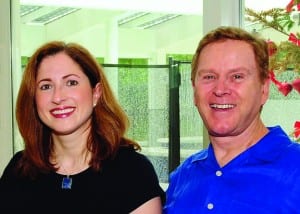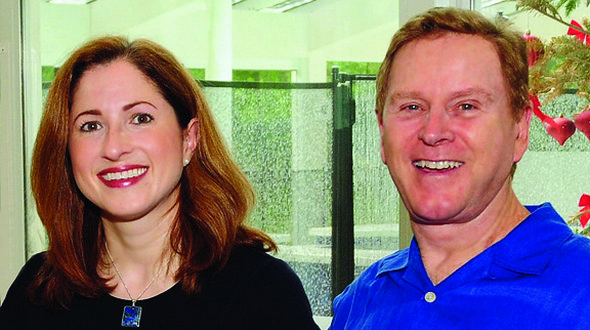
David Harper has been designing and building outstanding projects ever since he was a student at the University of Miami.
Harper, a principal and director at HKS Architects, is a multiple award-winning architect and has long been an architectural trailblazer. He designed Florida International University’s Steven and Dorthea Green Library in 1973 while he was still attending the University of Miami. He also incorporated the first use of “tilt-up” concrete construction in building a school. And with his steadfast dedication to area as chairman of the South Florida Building Code Committee, he has been instrumental in strengthening the building code since the devastation of Hurricane Andrew in 1992.
His most recent project, the first green home built as part of the Pinecrest’s Sustainable Building Program, is a modern wonder of energy efficiency and resilient design. It has been calculated that the home will consume 67 percent less energy than comparably sized homes and is in line to receive a Leadership in Energy and Environmental Design (LEED) gold certificate. The house also is his most personal project to date – he and his family live there.
“I think trying to show by example of being good citizens of the community and the world is really important,” Harper says. “Everyone should make some level of effort towards preserving the environment and reducing energy usage.”
Located in Pinecrest by the Sea, the Bauhaus-style home is designed to withstand South Florida’s warm and humid climate while producing its own energy using a bifacial photovoltaic solar trellis, which doubles as a rear awning, and solar hot water tubes, which provide all of the hot water for the house. The efficiency is such that the house goes “off the grid” by midday every day and, on sunny days, produces more electricity than is used.
“Because of the heat and humidity, you need air conditioning in South Florida, so the question becomes, ‘Can technology advance enough to offset the energy needs for air conditioning even in here?’ and the answer is yes,” Harper said. “We’re not doing it for 24 hours a day, but we’re doing it for some significant period, and the only limitation on doing it even more is increasing the size of the solar array and having a backup battery system so that, for times that it’s cloudy and the weather isn’t perfect, we’ll be able to use the reserved energy.”
Every window and door in the house was made with recycled products and blast-tested for explosions and 200 mph winds. Further keeping with their emphasis on staying green, he and his wife Jennifer – who works for the forensic architecture firm Ivy Group Consultants – have only used bamboo wood certified by the Forest Stwardship Council, which is highly replenishable.
“When David and I talked about building a house, we really wanted an environment that was healthy and comfortable for our family, but it’s also a great opportunity to do something for the planet,” she said.
Among the unique characteristics of the house is its use of Thermocromex, a limestone cladding installed by Southwest Progressive Enterprises, which has been used previously at Westminster Abbey and the new FIU science building and is expected to last 1,000 years.
“The materials used were chosen with an eye towards durability, quality and lack of maintenance,” Harper said.
Over the next couple of months, the Harpers plan to invite their immediate neighbors to see the house and they are looking forward to teaching people about what is, for them, a labor of love. They hope their example will influence others to follow their lead.
“Look how many new homes are being built,” Harper said. “Many are elaborate, plush and large – and therefore a lot of money is being spent – but how much money is being spent to try to do something forward looking in terms of energy conservation and sustainability? This house was never to us about building some fancy house to show everybody. It was about building a home that worked for our family, but had a minimal impact and footprint on the environment.”
For more information, go to <www.miamigreenenergyhome.com.






